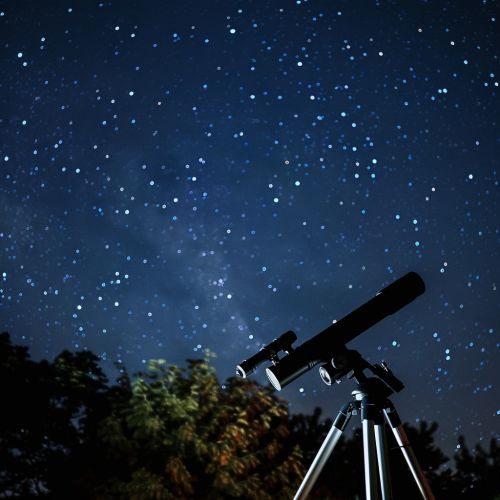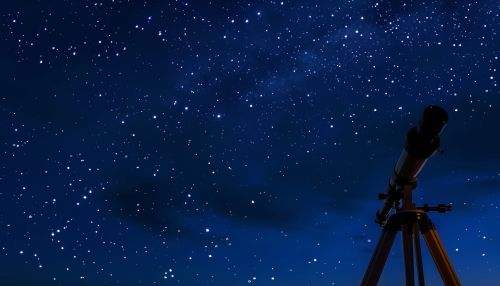Astrophotography
Introduction
Astrophotography is a specialized type of photography that entails recording images of astronomical objects and large areas of the night sky. The first photograph of an astronomical object (the Moon) was taken in 1840, but it was not until the late 19th century that advances in technology allowed for detailed stellar photography. Besides being able to record the details of extended objects such as the Moon, Sun, and planets, astrophotography has the ability to image celestial objects invisible to the human eye such as nebulae and galaxies. This is done by long time exposure since both film and digital cameras can accumulate and sum light photons over long periods of time.


History
The history of astrophotography as a scientific tool can be traced back to the mid-19th century when the technology of photography was first applied to astronomy. In 1840, John William Draper, an American scientist, made the first successful photograph of the moon. Despite the technical challenges, other astronomers followed suit, and by the late 19th century, astrophotography had become a vital tool in the field of astronomy, enabling scientists to make precise measurements and observations.
Equipment
The equipment used in astrophotography can vary greatly depending on the type of imaging that is being done. In general, most types of astrophotography require some kind of telescope, a camera, and a mount to hold the equipment steady. Other equipment like filters, guiding cameras, and software can also be used to enhance the images and make the process more efficient.
Telescopes
The telescope is the most important piece of equipment in any astrophotography setup. It serves as the photographer's window to the cosmos, gathering light and bringing distant objects into view. The type of telescope used can greatly affect the type of images that can be taken. There are three main types of telescopes used in astrophotography: refractor telescopes, reflector telescopes, and catadioptric telescopes.
Cameras
There are several types of cameras that can be used in astrophotography. These include DSLR cameras, CCD cameras, and CMOS cameras. Each type of camera has its own advantages and disadvantages, and the choice of camera can depend on a number of factors including the type of imaging that is being done, the telescope that is being used, and the budget of the photographer.
Mounts
The mount is another critical piece of equipment in astrophotography. Its purpose is to hold the camera and telescope steady during the long exposures that are often necessary in astrophotography. There are two main types of mounts used in astrophotography: alt-azimuth mounts and equatorial mounts.
Techniques
There are several techniques that can be used in astrophotography to capture images of various celestial objects. These include long-exposure photography, stacked imaging, and planetary imaging. Each technique has its own set of challenges and requires a different set of skills and equipment.
Long-Exposure Photography
Long-exposure photography is a technique where the camera's shutter is left open for a long period of time to capture the faint light of distant celestial objects. This technique is often used to capture images of galaxies, nebulae, and other deep-sky objects.
Stacked Imaging
Stacked imaging is a technique where multiple images are taken and then combined to create a single image with a higher signal-to-noise ratio. This technique can be used to capture more detail in images and to reduce the effects of atmospheric turbulence.
Planetary Imaging
Planetary imaging is a technique where images of planets are taken using a high-resolution camera and a telescope. This technique often requires the use of specialized software to process the images and bring out the details of the planet's surface.
Challenges
Astrophotography can be a challenging hobby. It requires a lot of patience and a willingness to learn new skills. Some of the challenges that astrophotographers face include dealing with light pollution, learning how to process images, and mastering the technical aspects of their equipment.
